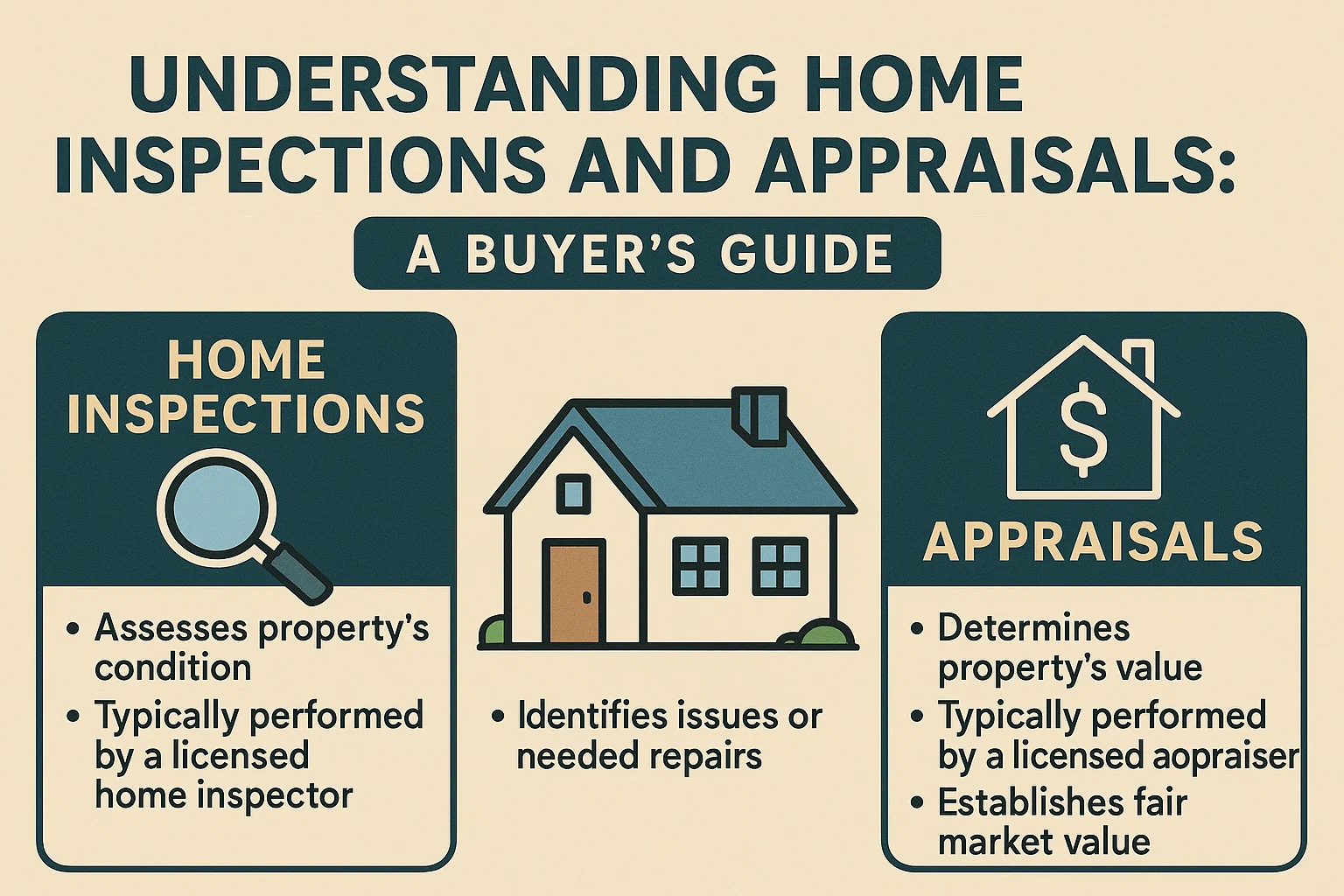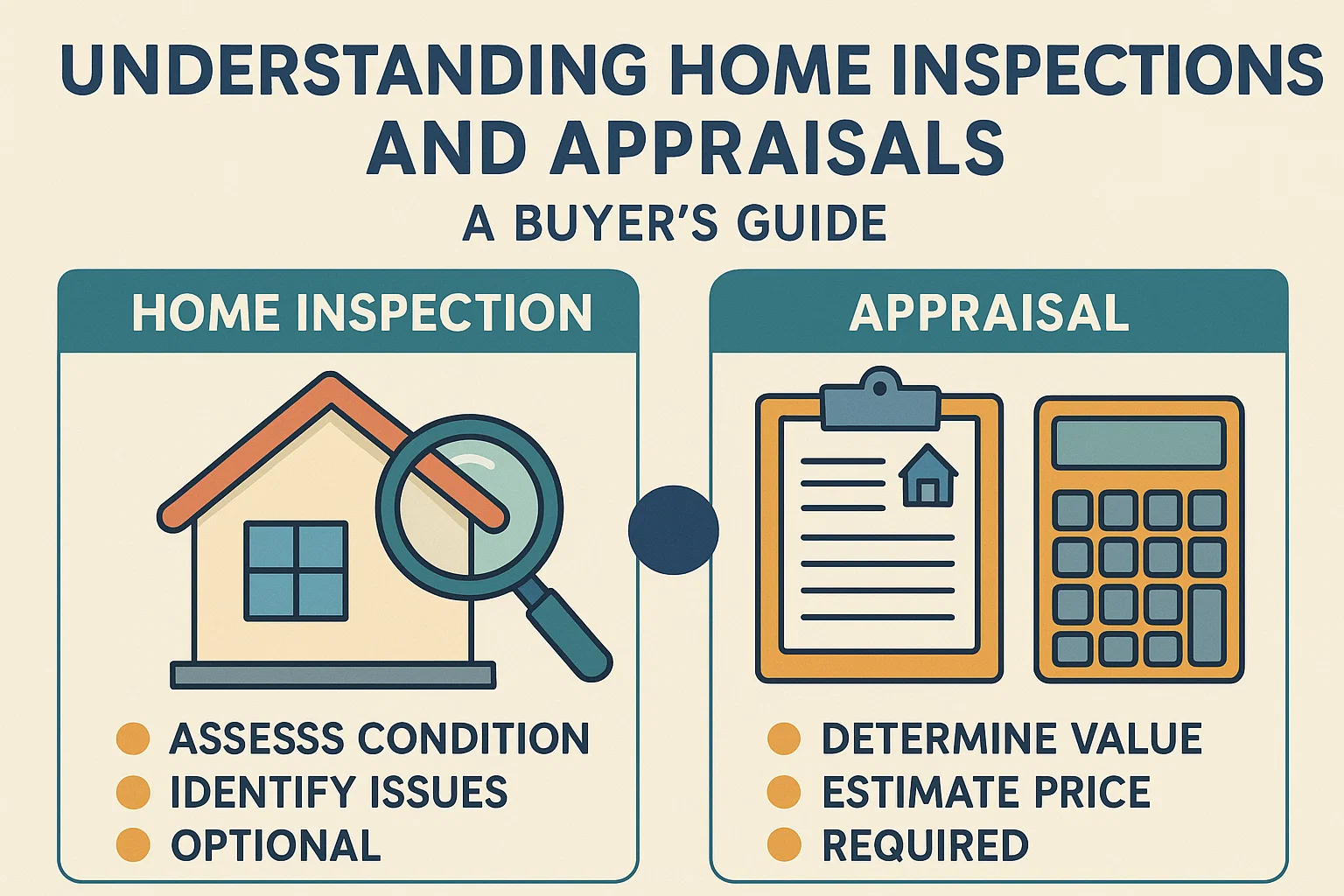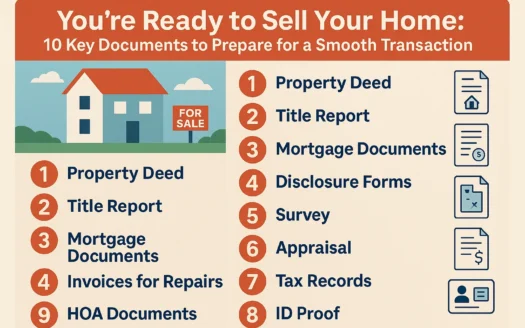Understanding Home Inspections and Appraisals: A Buyer’s Guide

Home Inspections vs. Appraisals: What You Need to Know
When purchasing a home, you’ll likely encounter two critical steps: the home inspection and the appraisal. While these terms are sometimes used interchangeably, they serve distinct purposes in the homebuying process. Understanding their roles can help you navigate your purchase with confidence.
What Is a Home Inspection?
A home inspection is a non-invasive evaluation of a property’s structural and mechanical condition. Conducted by a certified professional, this assessment identifies potential issues and highlights the home’s strengths and weaknesses. Key areas examined during a standard inspection include:
- Heating and cooling systems
- Plumbing and electrical systems
- Roof, attic, and foundation
- Walls, ceilings, floors, windows, and doors
Why Attend the Inspection?
Buyers are encouraged to attend the inspection in person. This allows you to:
- Discuss concerns directly with the inspector
- Gain clarity on maintenance needs
- Ask questions about the property’s condition
Afterward, you’ll receive a detailed written report outlining findings. Reviewing this report before closing can help avoid unexpected repairs or costs after moving in.
How Sellers Benefit from Inspections
Inspections aren’t just for buyers. Sellers can also use a pre-listing inspection to:
- Address repairs proactively
- Justify a higher asking price
- Streamline negotiations with buyers
Key Takeaways
While appraisals focus on a home’s market value for lenders, inspections prioritize the buyer’s understanding of the property’s condition. Both steps are essential for a transparent and successful transaction. Whether you’re buying or selling, completing these assessments early can save time, money, and stress in the long run.




